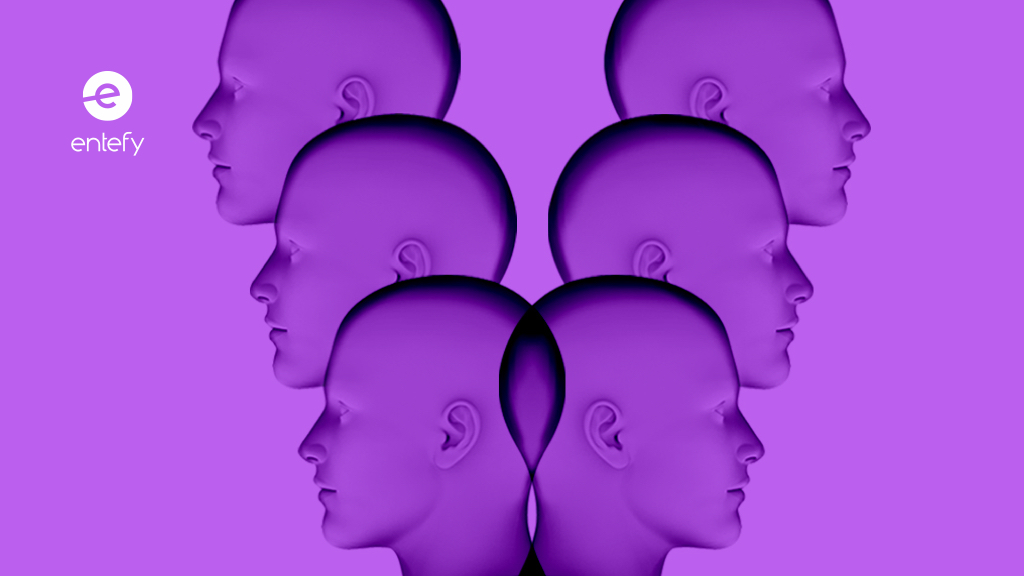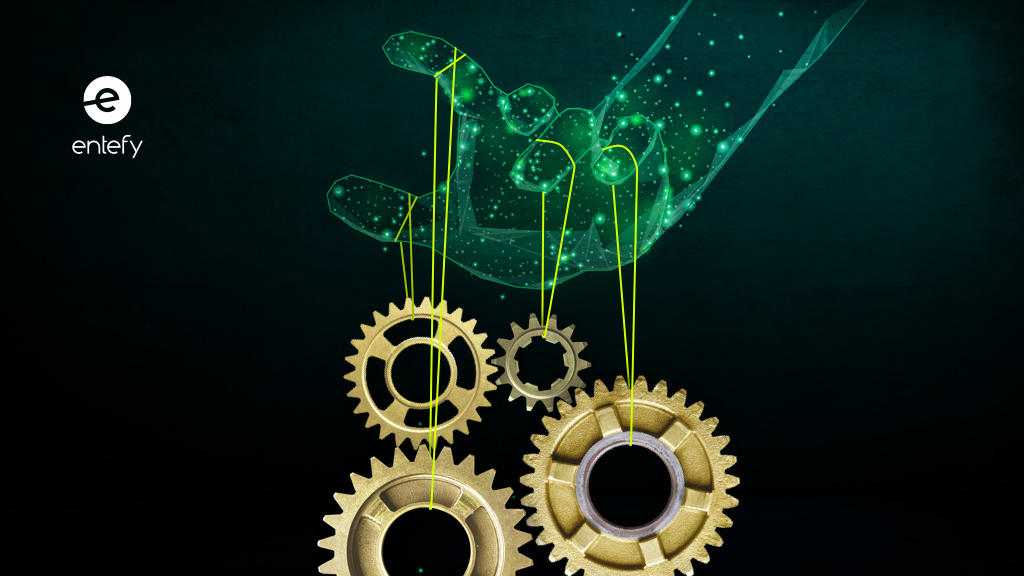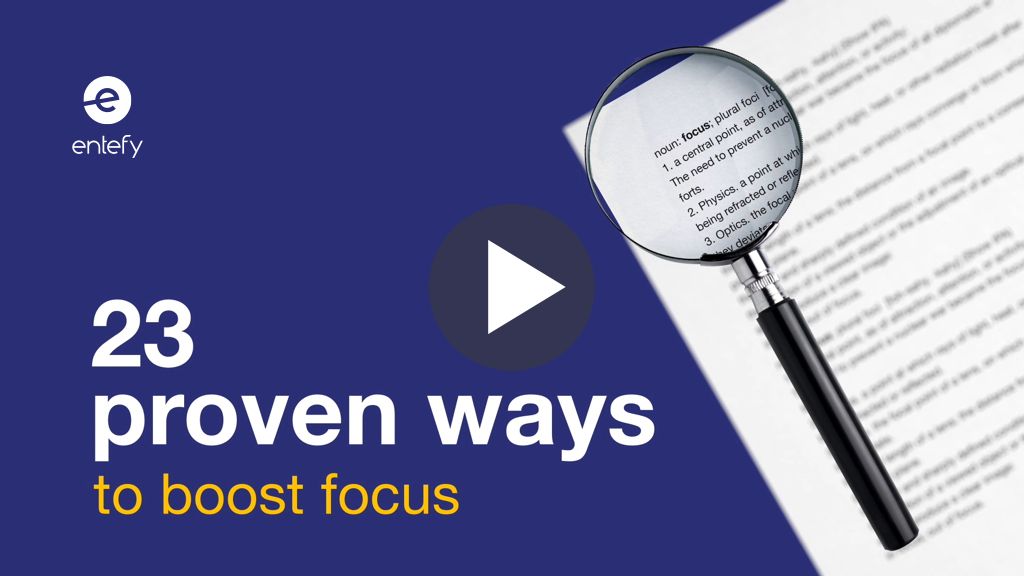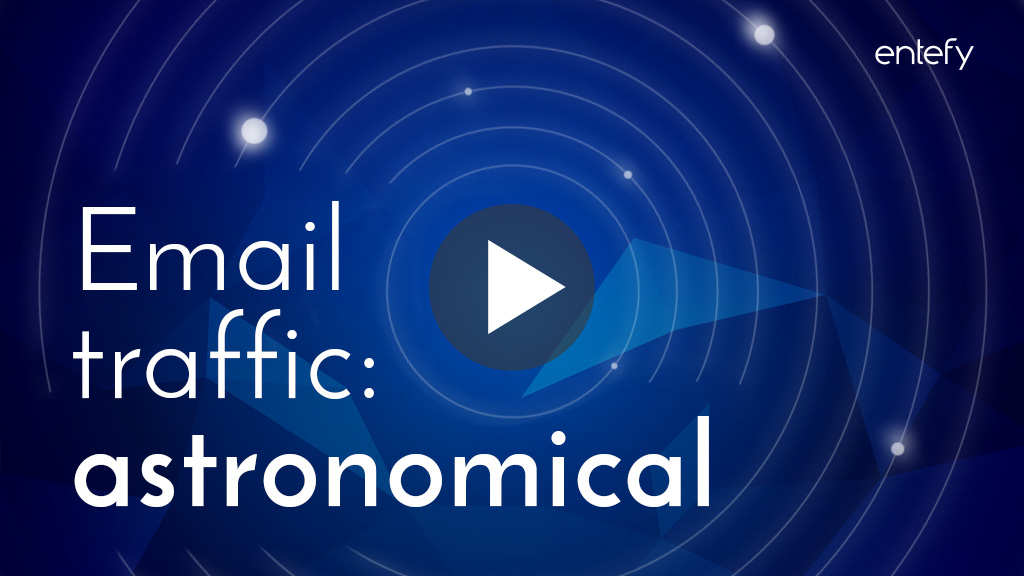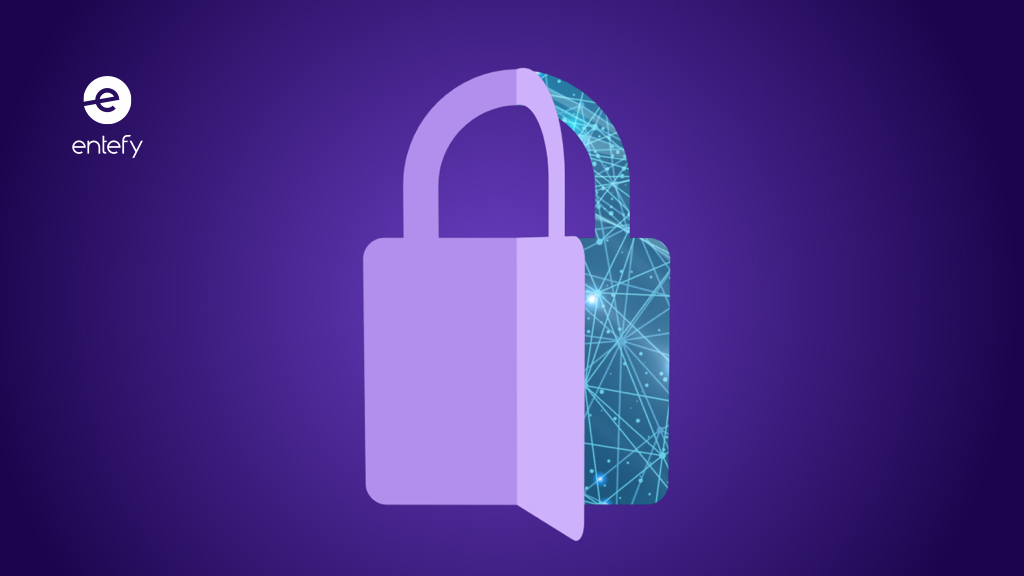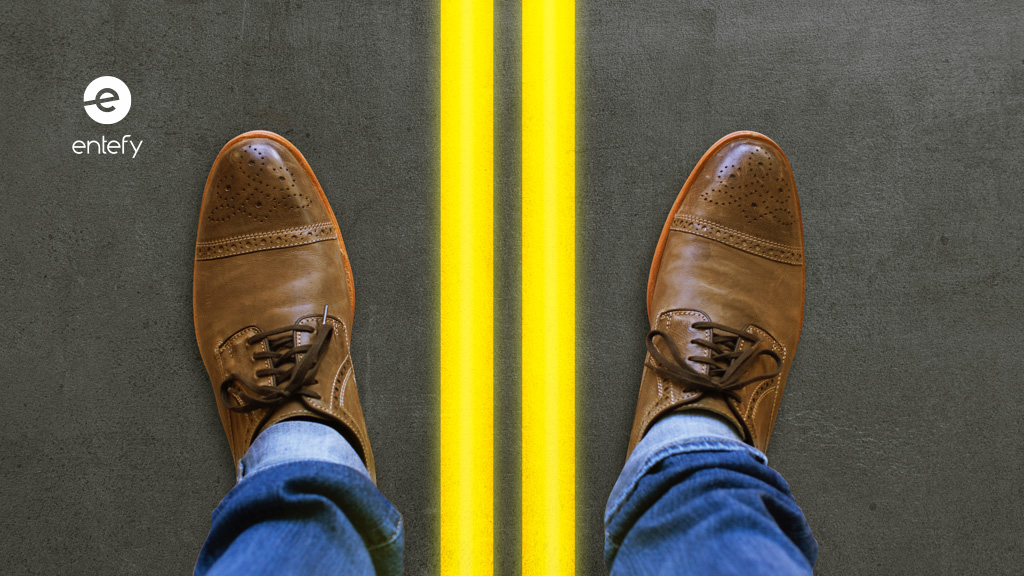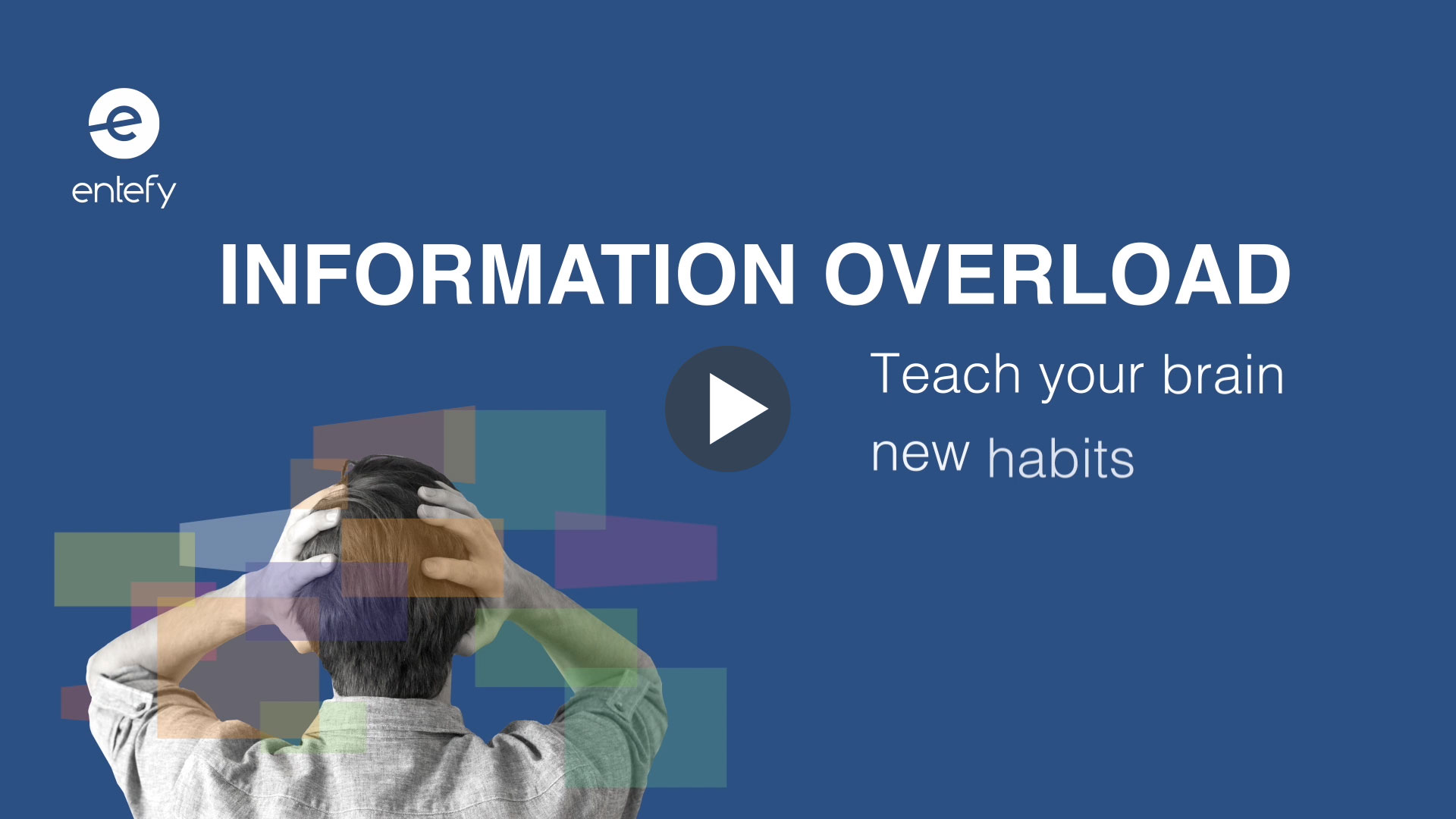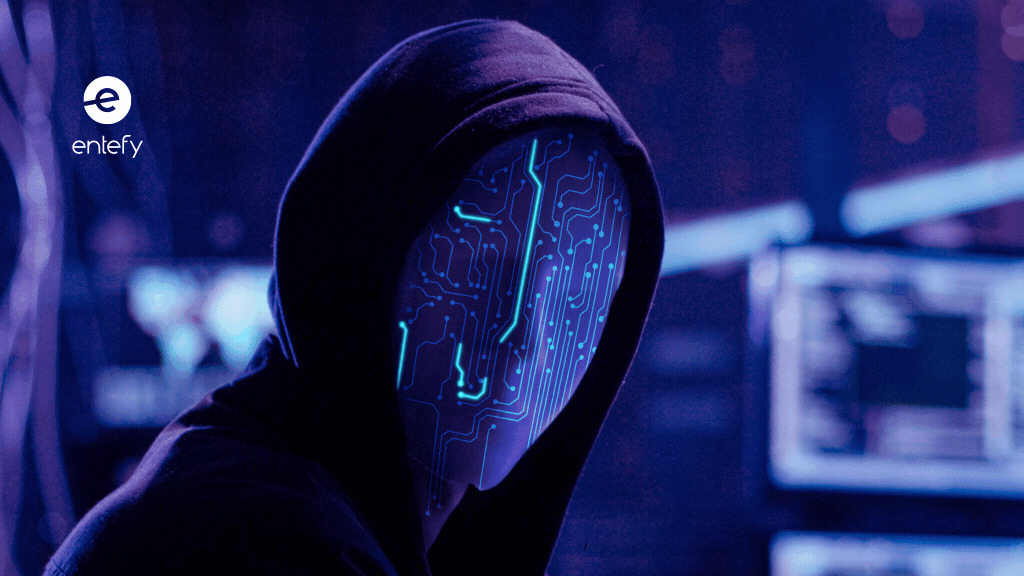A report from McKinsey estimated that as much as $12 billion was invested globally in artificial intelligence technologies during 2016, including projects focused on machine learning, natural language processing, computer vision, and autonomous vehicles. That figure cuts across industries, and in real-world terms represents thousands of individual R&D projects.
Unless you’re closely monitoring developments in artificial intelligence, you probably learn about new AI technologies one headline at a time. “New AI system beats champion Go player” or “Advanced AI improves doctors’ diagnoses.” That sort of thing.
But you can get a much better sense of the scope and diversity of newly emerging AI technologies by learning about a lot of them at once. In this case, 27 different projects transforming 27 different industries. Which is what our research has produced, as you’ll see below.
News of a single AI technology can be pretty exciting, even inspiring. Understanding the diversity and vision of dozens of them underscores just how powerfully transformative this current generation of AI technologies already is, or will soon be.
Here’s our roundup of disruptive AI technologies being designed, built, or deployed in 27 different industries:
1. Aerospace. AI algorithms enable an entirely new type of self-healing aircraft that makes use of new sensors and other on-board recording devices. Smart systems could use data from these tools to spot problems long before failure occurs, making planes safer, lowering maintenance costs, and reducing the number of delays caused by mechanical issues.
2. Defense. The military and intelligence worlds are changing in a big way, with AI increasingly important to national defense strategies, on the ground and online. New AI cybersecurity platforms are being fed massive amounts of user-generated data so they can learn to spot anomalies associated with cyberattacks. In addition to using AI for cyber defense, the U.S. military wants to build autonomous weapons, such as drones that can conduct real-time surveillance of enemy territory, jam communications, and fire against enemy combatants.
3. Automotive. Mass adoption of self-driving cars is still some ways off. But AI is already impacting the auto industry in ways that weren’t possible just a few years ago. A new generation of smart features such as accident avoidance, alerts, and automated braking systems contribute to safer driving conditions for everyone. AI systems are being used to predict mechanical failures as well, employing sensors, apps, and Internet of Things technologies to track performance in individual cars. The data collected triggers alerts to drivers to warn them of potential problems, while manufacturers use the same data to improve production and identify faulty or unreliable parts.
4. Consumer Goods & Services. Clothing and cosmetics companies—just to name a few—are using smart algorithms to bring shopping experiences out of department stores and into consumers’ homes. A consumer who wants to purchase new make-up need only open an app on her smartphone, and she can “test” a range of product shades to see whether they suit her skin tone. Meanwhile, a person in search of new jeans can pop his measurements and style preferences into a simple interface powered by an online shopping algorithm based on a selected brand’s sizing trends. These experiences are powered by AI technologies such as facial recognition and machine learning systems that use partial or uncertain data to make predictions.
5. Energy & Utilities. It’s difficult to find a segment of the energy industry not being impacted by the opportunities and challenges of AI, including renewable energy producers using big data to better predict supply and demand as well as traditional utilities rolling out smart electrical grid improvements. AI is helping paint a truer picture of the oil industry as well. Not all oil-producing nations are fully transparent about their supply picture, which creates uncertainties in the commodities markets and volatile oil prices. But a combination of convolutional neural networks (CNN), shadow detection, and satellite imaging is shining an AI-powered spotlight on the situation. By analyzing the shadows on oil storage tanks, AI systems can assess how full the containers are and approximate oil supplies in any part of the world, forcing greater transparency on oil-producing nations.
6. Manufacturing. Factory productivity doesn’t have to come at the cost of workers’ safety. Japanese researchers are studying how AI can not only detect defective products and increase quality output, but how it can monitor workers’ physical conditions as well. Fatigue can cause serious mistakes, particularly when a worker is operating heavy machinery. AI systems can determine when an employee becomes drowsy and needs to be reassigned to a safer task. Greater productivity and better working conditions are a win for everyone.
7. Transportation. Self-driving cars get a lot of media attention, but the entire transportation industry is evolving rapidly with AI technologies. One interesting development is in environmental improvements. The transportation industry accounts for 27% of greenhouse gas emissions in the U.S. When you add up the impact of a cluster of AI-powered autonomous transportation technologies being rolled out for airplanes, cars, trucks, trains, and ships, the potential environmental benefits are significant.
8. Logistics. Ever wonder how goods get from their point of manufacture to your local store? That’s the business of the logistics industry, and it too is undergoing major changes via AI technologies, allowing more goods to get to more places more quickly. The recipe for the supply chain of the future mixes autonomous delivery vehicles—cars and trucks, but also container ships and drones—with predicative analysis to reduce transport times and fuel costs. Taken together, moving goods from point A to B can happen autonomously with greater speed and efficiency.
9. Agriculture. Automation systems are already relieving humans of dangerous farming jobs like picking lettuce, which can expose workers to potentially toxic chemicals. AI may also hold the key to the use of automated farming to solve the global food crises by ensuring better crop yields through targeted farming strategies. Drones can already collect data from vast swaths of farmland to identify which areas are thriving and which are at risk of failing. Some researchers are even attempting to teach drones to cooperate with one another, converging on areas with significant weed problems so they can unleash pesticides on the afflicted sections.
10. Banking. Advances in natural language processing (NLP) have made financial industry self-service systems capable of increasingly complex functions, such as onboarding new customers and assisting them with major loan decisions. Also, machine learning and optical character recognition are further simplifying banking by allowing people to submit financial documents through their smartphones. A customer can snap photos of the documents and the system will automatically upload the images, extracting the relevant information.
11. Education. Blended learning, in which teachers use technology to enhance traditional classroom environments, is gaining prominence in American schools. Technologies such as machine learning and NLP create the potential for AI-based lifelong learning companions. These programs would tailor their content to individual students based on the subject areas a child struggles with and which lessons are most effective. AI already serves as a kind of digital teaching assistant, taking over tasks such as grading homework and papers so that teachers can focus more deeply on lesson planning and student engagement.
12. Food. A powerhouse combination of machine learning and DNA sequencing could lead to food products that help people manage chronic disease. We’re not talking kale and blueberries here, either – these superfoods would be developed around specific peptides and how they impact diseases such as high blood pressure and Type-2 diabetes. The speed of AI-powered analysis could advance a field of study that has long grappled with slow results and extremely high costs, and could lead to breakthroughs in nutrition.
13. Government. AI is augmenting government work across the spectrum, from data entry to disease outbreak responses. Cognitive applications based on neural networks now analyze data anomalies that impact terrorist threat levels or signal shifts in the markets, events that require urgent government attention. Real-time tracking is also helping the government improve medical outcomes by identifying clusters of serious disease outbreaks. The military is developing technologies that can assess soldiers’ wounds based on data collected through wearable technology, enabling medics to prioritize treatments and treat urgent cases more swiftly. In more ordinary cases, sensors on street lights collect real-time data about traffic and maintenance needs and give citizens a heads up when their parking meters are about to expire.
14. Healthcare. Machine learning is helping doctors make faster, more precise diagnoses by studying medical records and contrasting images of healthy versus diseased organs. This technology could be used to solve the global caregiver shortfalls with better medical diagnosis and healthcare. In 2015 alone, China’s 80,000 radiologists saw 700,000 new cases of lung cancer. Fortunately, AI programs that can identify lesions and other disease markers are helping radiologists and doctors make earlier diagnoses and therefore prescribe treatment sooner.
15. Law. The use of AI in the legal discovery process is becoming more mainstream. Technology is expanding into other areas as well, including predictive analysis and contract reviews. The former could prove especially valuable to companies as they determine whether to go to trial and assess their risks. Knowing the likely outcome of a case could save significant resources and shape better policies down the road.
Although lawyers must be involved in contract reviews, legal industry machine learning platforms can decrease the time lawyers spend on those tasks by 20% to 60%, allowing them to focus on high-level tasks only humans can perform. Litigation strategist James Yoon said clients are still willing to pay a premium for complex, high-stakes legal services. “For the time being, experience like mine is something people are willing to pay for. What clients don’t want to pay for is any routine work.”
16. Nonprofit. AI is literally saving lives in the nonprofit world. One suicide prevention hotline uses machine learning for the greater good to identify the phrases most often associated with emergency cases so it can prioritize those messages and respond faster to people in need. Another nonprofit, this one aimed at improving students’ writing, uses natural language processing to address users’ problems with sentence fragmentation. The organization had its system analyze 100,000 grammatically correct sentences, then used an NLP platform to break those down. Once the program learned to distinguish sentence fragments from complete thoughts, it showed an 84% accuracy rate on picking out fragments in students’ writing.
17. Insurance. How much privacy would you trade for cheaper insurance? Artificial intelligence is powered by data. And when it comes to data, often more is better. One distinctive aspect of the insurance industry’s adoption of AI is how these companies intend to collect their data. Insurers are turning to sensors that collect data directly from individuals, including technologies like in-home monitors, automobile transponders, and wearables. These new data sources open the doors to new products and pricing models, but whenever data collection intersects with a real person’s life, privacy questions emerge.
18. Mobile telecommunications. Wireless telecommunication companies have access to volumes of data from their millions of customers. One telecom implemented a real-time customer analytics system that enabled it to track and respond to consumers immediately. The data gathered by the new program facilitated better customer service communication driven by the insights from the custom AI system.
19. Investments. People are not, generally speaking, purely rational investors and their irrationality is what makes markets unpredictable. An artificial intelligence algorithm that can anticipate human behavior while also monitoring economic signals in real-time could be highly disruptive to today’s markets (though some insiders have their doubts). Whether or not an AI “super investor” appears on the scene, the investments industry will require ever-smarter safeguards against exploitation and risk.
20. Travel. Online travel booking is nothing new, but AI-assisted vacation planning? That’s more of a novelty. Beyond aggregating flight times and hotel prices, computer programs now pull data about customers’ online behaviors and use learning systems powered by past preferences to personalize recommendations. When a human agent isn’t in the picture, chatbots can now answer questions and book reservations as well. ‘Nothing will ever replace the expertise and intuitive nature of travel agents,’ said one travel industry veteran. ‘Artificial intelligence brings just another component to their tool kit.’
21. Information Technology. IT professionals in particular find themselves at an exciting turning point in their careers. As more companies integrate AI into their processes, to one extent or another, IT teams are learning how to engage with these new technologies. A 2016 report from Narrative Science and the National Business Research Institute predicted that 62% of enterprises will adopt and use AI by 2018. Given that, IT could soon encompass competencies in machine learning platforms, natural language processing, decision management software, and AI-optimized hardware.
22. News media. The media has been under siege by critics and fake news purveyors during the past several years, but it may find an ally in AI. The Associated Press uses AI software to crank out earnings reports, and data companies are increasingly generating information useful to reporters. The lightning speed at which AI algorithms can gather and process multiple types of data could be a boon to journalists, enabling them to report breaking news as it happens. The Los Angeles Times encountered this firsthand in 2013, when it used a bot to report on an earthquake almost as it was happening.
23. Pharmaceuticals. Pharmaceutical researchers are using machine learning to transform drug creation. These platforms analyze medical histories, chemical databases, and past scientific findings to identify correlations between genetic markers and patient outcomes. This method of drug testing costs 50% less than traditional approaches and provides insight into how a treatment might impact certain types of patients. Pattern-recognition technology can provide a view into how different diseases work as well, allowing researchers to develop drugs that will target them more effectively. Most important, AI deep learning enables doctors to provide more targeted treatment plans based on an individual’s genetics and history.
24. Online dating. Can autonomous systems make better matches than people? After all, people have been matchmaking practically since there were people to match. Dating itself is ripe for disruption: it is time- and labor-intensive and carries a high failure rate. There’s plenty of room for improvement. So it’s not surprising that the online dating industry is exploring adding AI to the game of love, addressing common online dating complaints like dishonesty in profiles and increasing the relevance of the data underpinning matchmaking algorithms.
25. Motion pictures. Hollywood loves making movies about AI. Now it’s using AI to make and sell movies. There are AI systems that have been used to create movie preview trailers and even write screenplays. But the movie business might see an even bigger impact from AI systems that predict the likelihood that a given script will be a blockbuster. The system was trained using scripts and box office revenue data going back to the 1980’s. Given that just 20% of movies break even, there is a lot of room to improve the greenlighting process.
26. Publishing. With more than 1 million books published each year—a figure up 400% from just 10 years ago—competition for readers’ attention is fierce. Data can help publishers make decisions about which books to publish, but the best-in-class reader analytics solutions can take up to 4 weeks to process data before providing actionable insights. A new generation of AI publishing systems is rewriting the rules, analyzing the text of books to predict reader engagement and sales performance.
27. Semiconductors. You don’t have to do much more than read business headlines to grasp the impact AI is having on the semiconductor industry. Nvidia, until recently known for its graphics processors used in video games, is emerging as a leader in processors for AI number crunching. Google has launched its own AI-focused chip. The CPU king Intel is making acquisitions to catch up. Winners and losers are to be determined, but clearly the chip industry is being shaken up by the demand for AI processing power.
The advanced artificial intelligence projects we’ve talked about here were first covered in the following Entefy articles:
